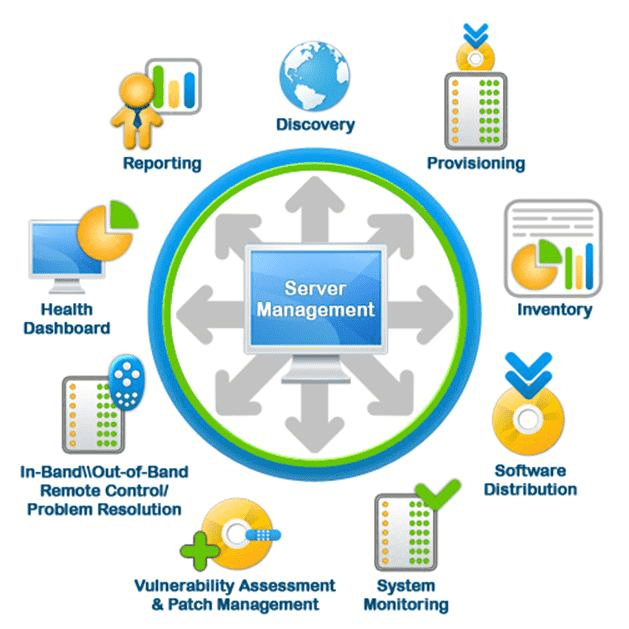To ensure that your network remains competitive in this digital age, IT leaders should look for ways to develop and foster their infrastructure and operations. In the process, they can. This tool supervises your network, including the traffic, applications, devices, and virtual entities you have.
Here are some tips that can point you towards the right direction.
Manage Bandwidth
Managing your network bandwidth capacity wisely can save your business money. You need to be aware what traffic is on the network, how much is it using, when and for what purpose. This way, you’ll easily determine what’s causing congestion within the network without deploying specialized network sniffing technology. It trims down operational and capital expenditures while helping you make better planning decisions.
Determine Assets Usage
By identifying which IT assets are underutilized, you can reassign and repurpose them where they can be more useful. Meanwhile, infrastructures that are over-utilized can take a break for a while until they recover. This helps prevent outages, thereby saving downtime costs and help you in long-term capacity planning. Asset usage can be monitored easily through an IT management and monitoring software. Tracking network health by understanding asset usage patterns allows you to gather insights into other business metrics.

Increase Uptime
A modern IT management and monitoring software can easily detect changes on the network that affects its performance. This allows you to address any bottlenecks before a service disruption even takes place. The performance of virtual devices differs from time to time that’s why management solutions must look at the micro-second level to detect changes that are fleeting. Remember, only the best solutions can track changes within little intervals.
Improve Application Performance
Applications with poor performance can take up much bandwidth, slow down traffic, affect user experience, and impact customer response. Using IT management and monitoring software can help you detect where problems may occur, leading you to its quick resolution. This significantly increases user productivity, improves user experience, and saves money.
Schedule Maintenance More Efficiently
Data analytics and timely alerts sent by IT management and monitoring software not only intensify business uptime, it also allows you to schedule required maintenance. When you’re able to identify traffic trends and usage patterns, you’ll have the data to assess when an optimal maintenance schedule should be carried out.
Support BYOD Easily
BYOD or Bring Your Own Device policy is now being a common practice in the workplace. However, with the growing number of employee-owned device, the IT department finds it hard to support all of them. A powerful IT management and monitoring software provides immediate visibility into key performance metrics outside standard supported technologies. It accommodates a wide diversity of devices without affecting network operations.
Enable Small or Large Expansions
Whether you are thinking of combining databases, adding branch offices, or going through a merger, adjusting your IT infrastructure is a challenging endeavor. A performance monitoring solution can assess capacity and performance parameters, helping you plan accurately for any migration. This will ensure that all your components remain intact and have retained their functionality despite being moved.
Implement Usage-based Billing
The tracking components of an IT management and monitoring software enables a company to assign infrastructure expenses to internal cost centers or end-customers based on their usage. By monitoring infrastructure consumption, you can distribute budget and manpower resources efficiently throughout the company.
Increase Customer Acquisition
To retain customers, you must provide consistent quality service. IT management and monitoring software allows you to keep tabs of SLAs to ensure that the service promised will be delivered or received by the client. Showing consistent performance increases your chances of not only retaining but also acquiring new customers in today’s market.
Faster Deployment of Technology
IT management and monitoring software lets you deploy new technologies and upgrade infrastructure safely. With better monitoring capability, you can ensure rapid and successful placement of equipment and dramatically improve initial performance.
Final Thoughts
At its most basic, infrastructure and performance management aims to make the most of your network by controlling its usage, guaranteeing network availability, and fixes issues before they wreak havoc to your business. Equipped with the most current and powerful IT management and monitoring software, you can empower your business toward success. Contact ITarian now to get IT management and monitoring software.